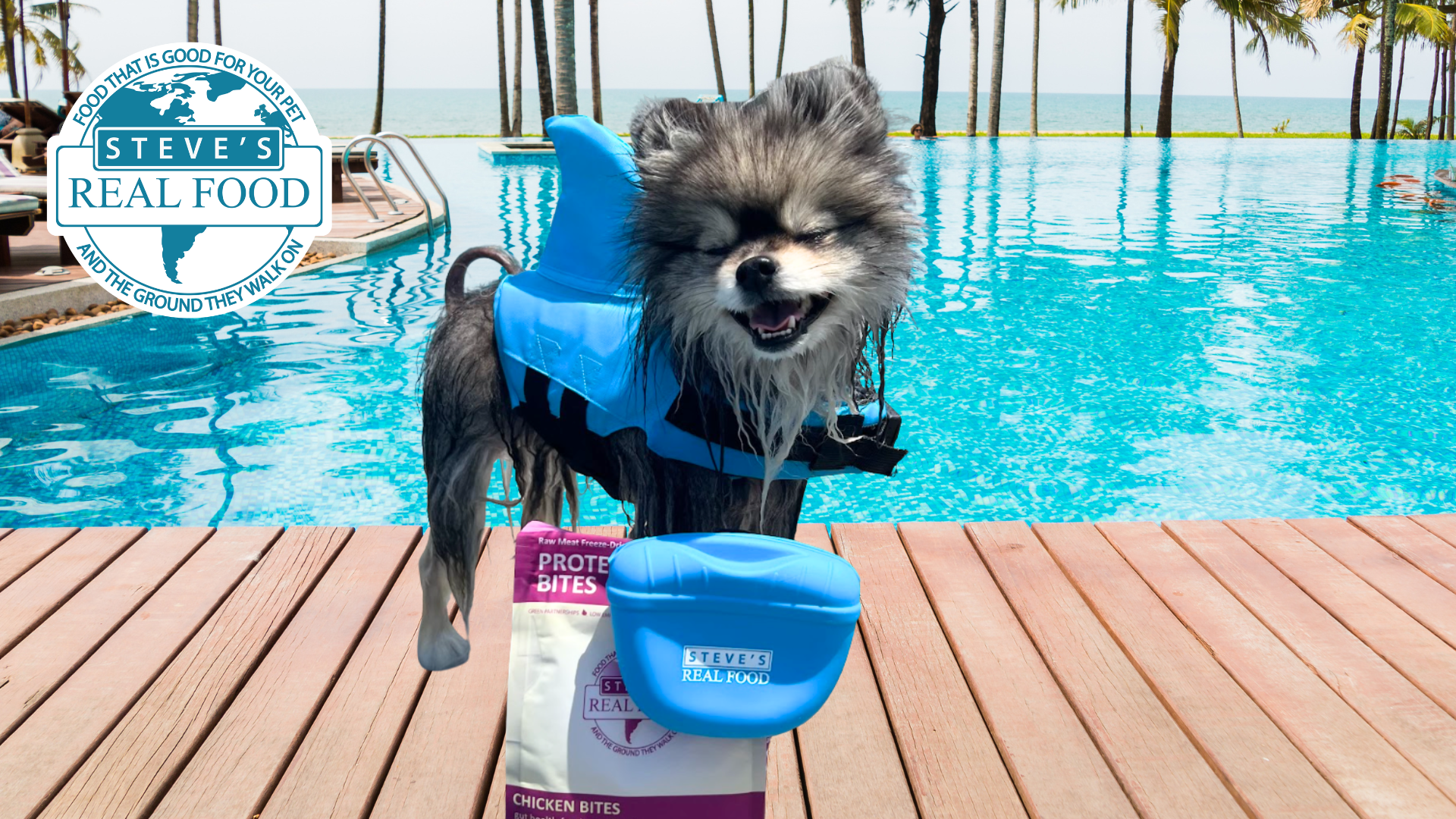How old do dogs get?
Most people can expect around a dozen years with their companion, as the average age at death is around 12.5. Smaller dogs generally have longer lives than their larger cousins, with some giant breeds rarely making it to double digits. Still, the record books have dogs living twice as long. One of the oldest living dogs is a 27-year-old Australian Cattle Dog, a bull terrier mix named “Jerry” who lived with his family in the Australian outback. When his family was asked what they believe contributed to his longevity, they replied “his raw diet of outback wildlife”.
Substantial research is deepening our understanding of the aging process, leading veterinarians and pet parents toward best practice guidelines, including nutritional interventions and lifestyle decisions that should promote healthy longevity.
 Raw Pet Food Science and Seniors
Raw Pet Food Science and Seniors
Dr. David J Waters DVM, Ph.D., is Director of the Gerald P. Murphy Cancer Foundation based at the Purdue Research Park. The Murphy Foundation is home to the Center for Exceptional Longevity Studies where Waters leads a research team that is studying aging and cancer in pet dogs. In 2005, he established the Exceptional Longevity Database, representing the first systematic study of successful aging in pet dogs – specifically Rottweilers. The dogs in this study have lived to be at least 13 years – the equivalent of a human living to 100 and at least 30% longer than average for their breed.
Dr. Waters doesn’t study these dogs from a comfy chair in his office or a lab – he has traveled on a scientific adventure he calls “The Old Grey Muzzle Tour” since 2010.
Every year he has visited each of these dogs in their homes and gone muzzle to muzzle, learning what he can from them and what makes them the exceptionally long-lived dogs they are. The results of his findings are eye-opening. In his mind, there is no doubt that nutrition can have a profound influence on physiology, disease, and increasing longevity. “While Genetics typically claim 30 percent of the blame for why we don’t live as long as the next guy, up to 70 percent revolves around lifestyle decisions… The choices pet parents make for their dogs may meaningfully contribute to longevity – whether it is diet, vaccinations, to spay or neuter, or even exposure to lawn chemicals. Ultimately, we want to get at the root of highly successful aging.” Our Director of Veterinary Consulting, Shantel, worked closely with Dr. Waters for several years as he studied her own dog, pictured here. She lived to be 13 years 10 months old on a raw-fed diet. That would be well over 100 in human years!

Managing The Aging Process with Good Nutrition
Fortunately, there are many things pet parents can do to help maintain good mental function for as long as possible, and delay the onset and progression of cognitive decline. As with all holistic philosophies, prevention is the best medicine.
The foundation for good health and vitality for pets of any age is a nutritionally balanced, species-appropriate diet. It must include omega-3 essential fats, which are very important for cognitive health. Furthermore, aging pets need a low-stress metabolic diet. Foods that generate the least amount of stress are whole, raw, unprocessed, and in their natural form. Medium-chain triglycerides have also been shown to improve energy metabolism. Coconut oil, like that found in the Steve’s formula, is a rich source of medium-chain triglycerides.

Some supplements can be a safe and effective way to stall or improve mental decline. SAMe (s-adenosylmethionine) can be found in many products such as Denamarin (Nutramax) and can help keep your canine’s mind sharp. Resveratrol (Japanese Knotweed) can protect against free radical damage. These and other nutritional supplements can inhibit age-related cognitive deficits. Always consult with an integrative or holistic veterinarian for proper dosing guidance.

The majority of commercial dog foods for seniors out there have a few things in common – reduced calories, reduced protein, decreased levels of phosphorus and sodium, increased fiber and added in supplements such as joint supplements, omega-3 fatty acids, and other antioxidants. Let’s take a closer look at these and break them down, because, like yourself, age is just a number for dogs! How old you feel is just as important as how old you are, and a healthy octogenarian can be running marathons while another person the same age in poor health is barely able to walk.

In addition, findings in recent studies show that protein requirements do not decrease as your dog ages. It is a misconception that senior dog food formulas must contain low protein. The poor quality protein used in some commercial pet foods is very difficult for the bodies of even young, healthy pets to process. These poor-quality proteins put chronic strain and stress on your dog’s kidneys and liver as their body attempts to digest them.
Increasing the fiber in your senior pet’s diet may make your dog poop more, but it also will block the absorption of healthy nutrients if the fiber content is higher than their bodies can absorb. Yes, it is common for older dogs to have some constipation, but adding fiber from commercial pets isn’t the answer. Feeding a well-balanced, moisture-rich diet, supplements with digestive enzymes and probiotics, and appropriate amounts of exercise will benefit your old dog more than just upping fiber content. If your dog is showing signs of constipation, some people recommend feeding them 100% pumpkin to address the issue, a natural alternative to lab-created fiber.
And lastly, let’s look at the omega-3 fatty acids and joint supplements. Omega 3’s are highly sensitive to heat, therefore, the heat processing of most commercial dry kibble makes the omega-3s useless. And many joint supplements that are added to commercial dog food are not included in high enough levels to be effective and can be of low quality. If your older dog needs to have the added support of a joint supplement, there are some really good ones out there you should speak with your veterinarian about. Longevity and cognitive dysfunction do not have to go hand in hand. If the brain is kept young, the body will, too, and you will be able to maximize the time you have with your loving pup. I just hope that the shift in lifestyle a raw diet was able to bring my Baxter happened soon enough to reverse any damage I did to him earlier in his life, and that I will get to have many, many more years of love from my little terrier.
Longevity and cognitive dysfunction do not have to go hand in hand. If the brain is kept young, the body will, too, and you will be able to maximize the time you have with your loving pup.
Dog ownership is like a rainbow. Puppies are the joy at one end. And old dogs the treasure at the other.
 Beef
Beef Chicken
Chicken Whitefish
Whitefish Pork
Pork Lamb
Lamb Turkey
Turkey Turducken
Turducken All Protein
All Protein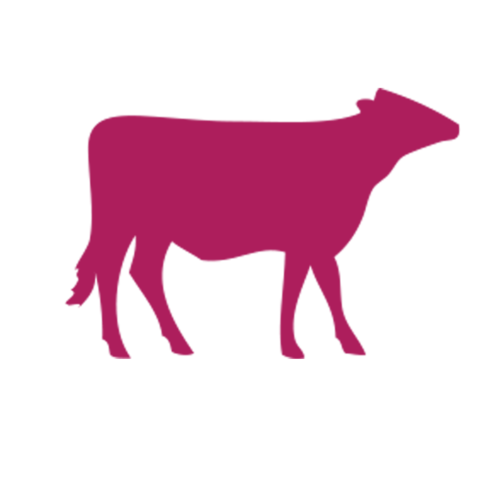 Beef
Beef Chicken
Chicken Whitefish
Whitefish Pork
Pork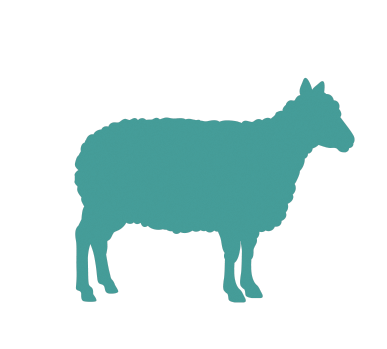 Lamb
Lamb Turkey
Turkey Duck
Duck All Products
All Products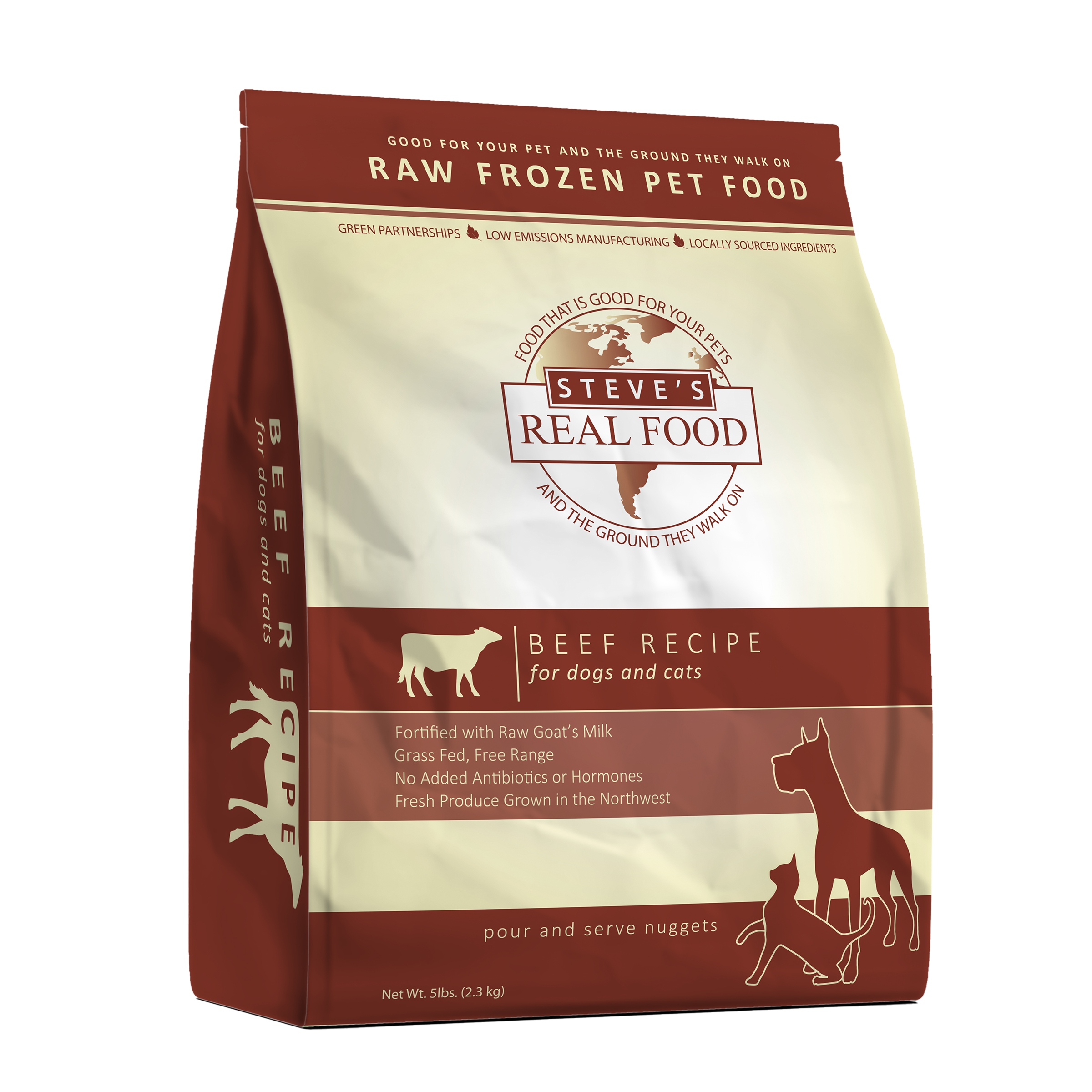 Frozen Raw Pet Food
Frozen Raw Pet Food
 Freeze Dried Raw Pet Food
Freeze Dried Raw Pet Food
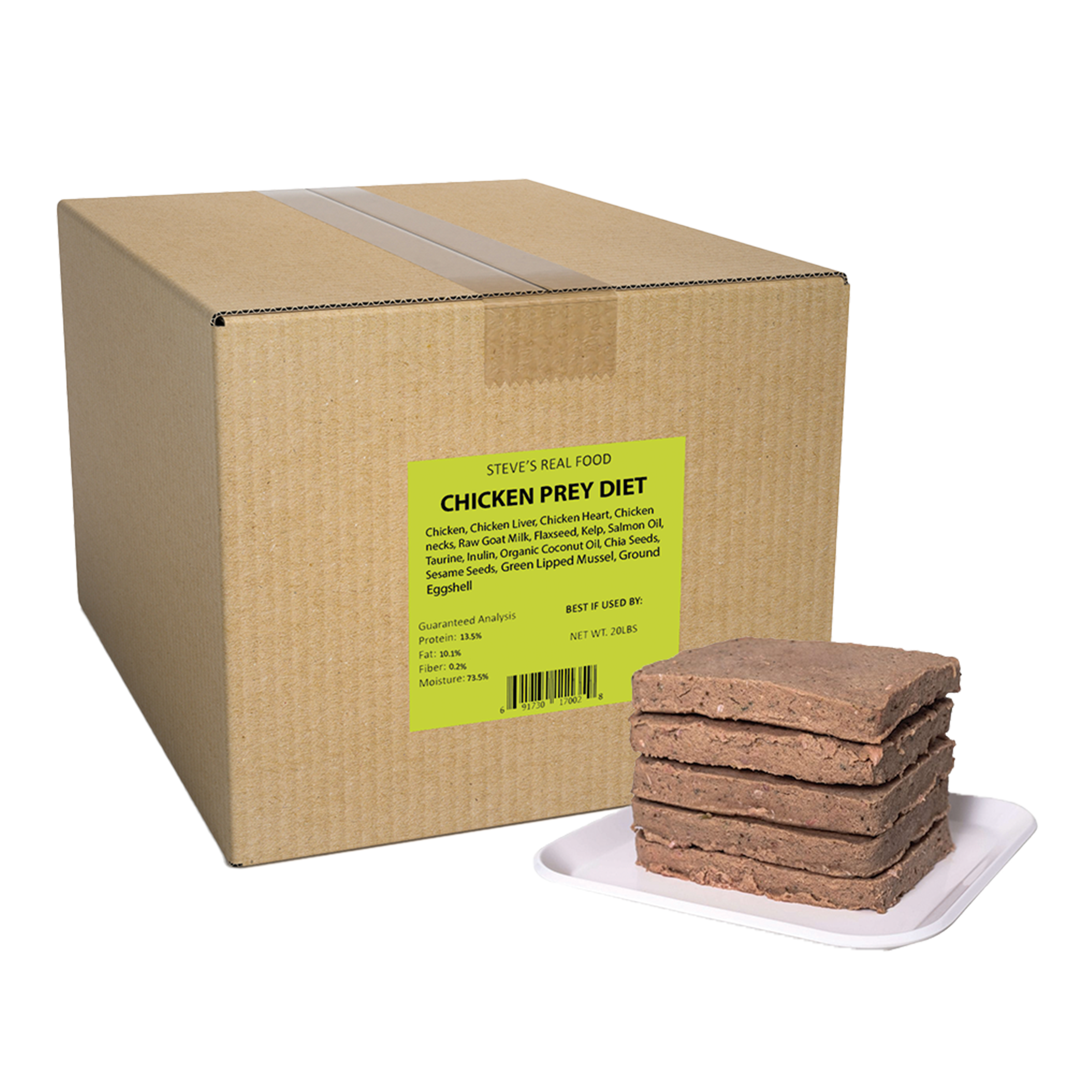 Frozen Prey Diet
Frozen Prey Diet
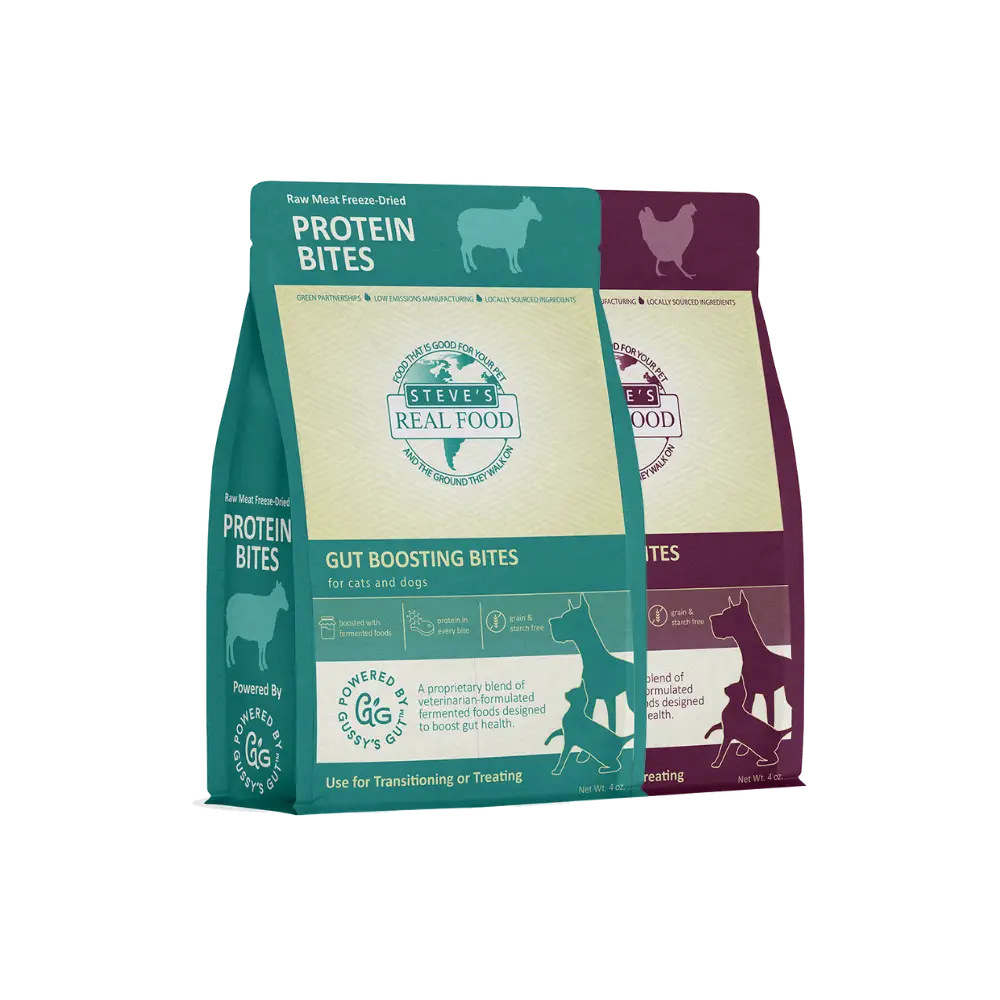 Freeze Dried Protein Bites
Freeze Dried Protein Bites
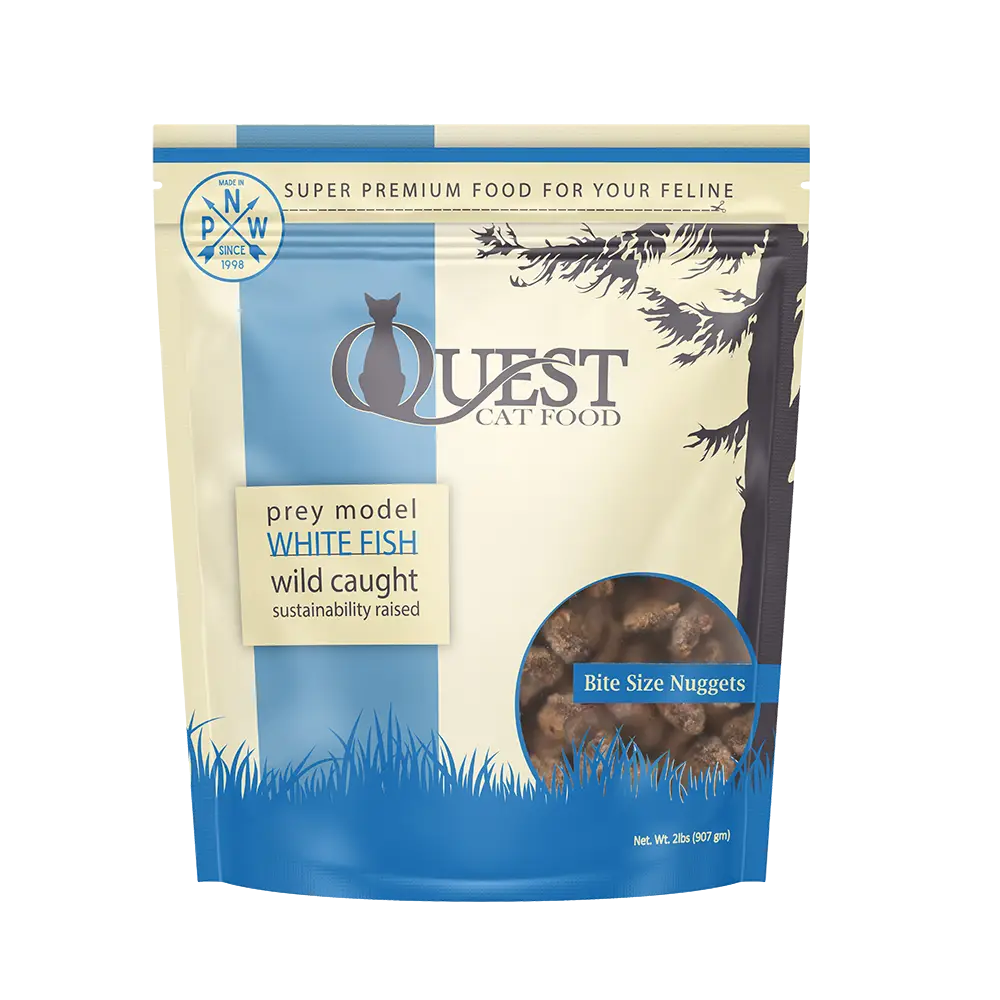 Frozen Quest
Frozen Quest
 Freeze Dried Quest
Freeze Dried Quest
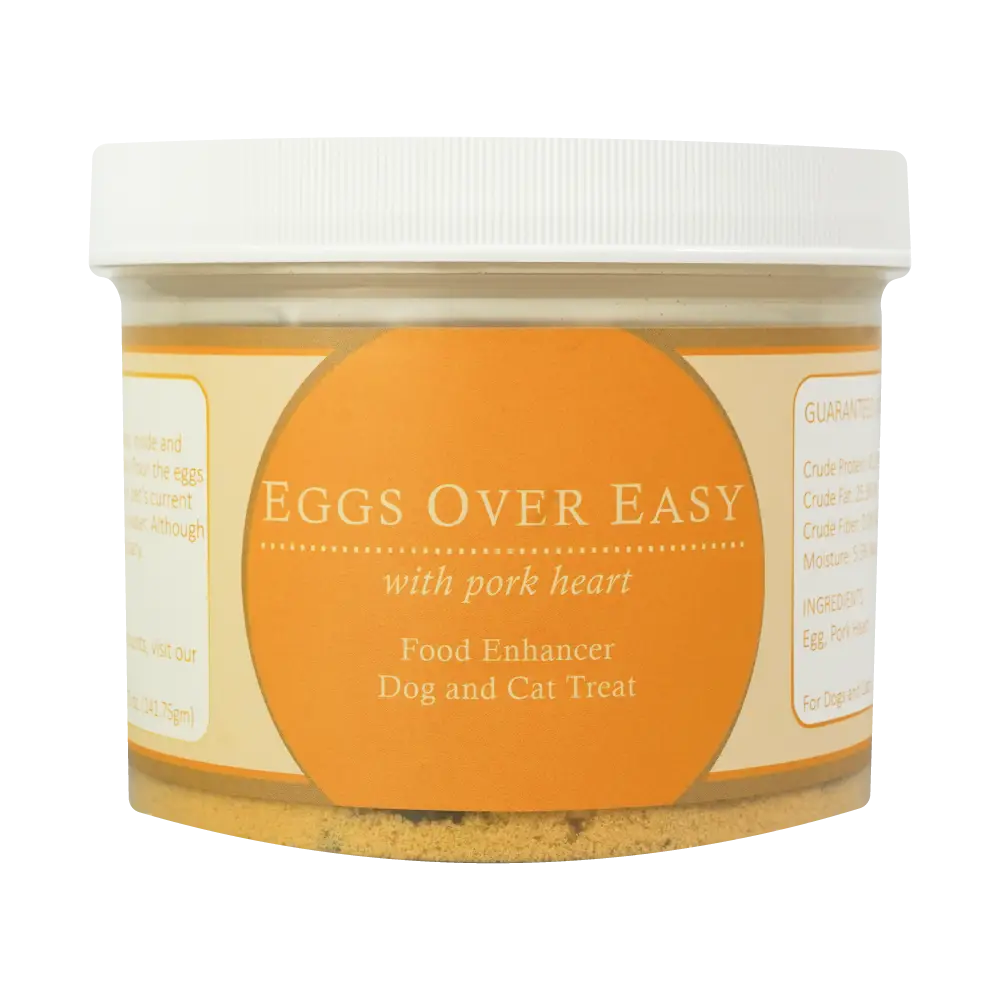 Eggs over Easy
Eggs over Easy
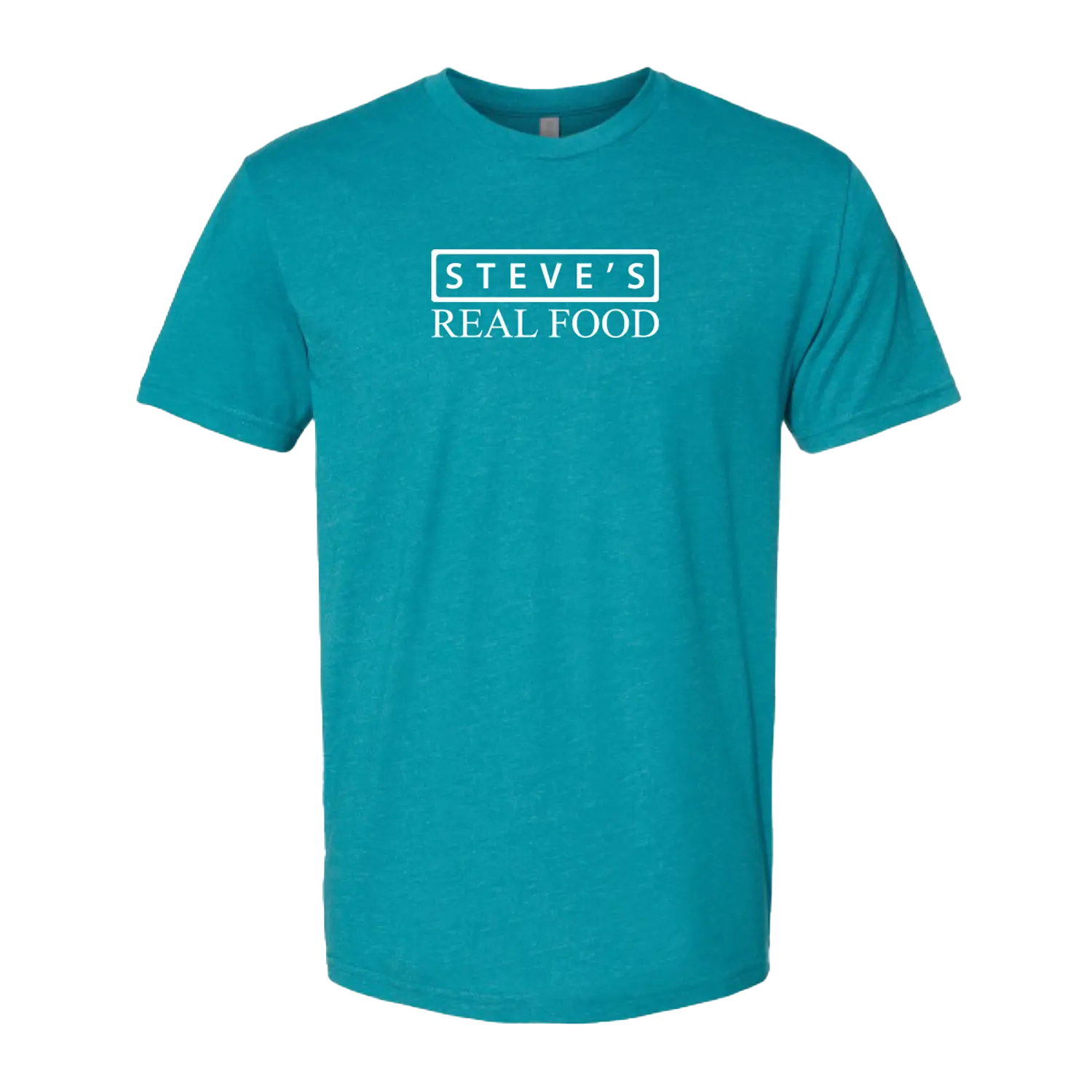 Steve's Merch
Steve's Merch 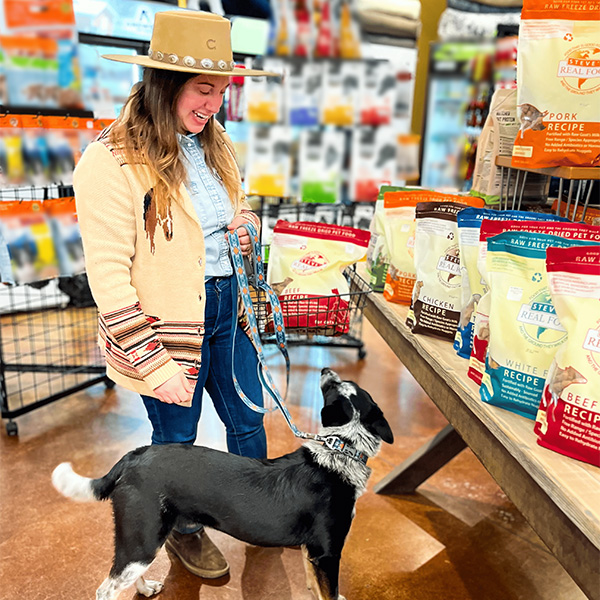

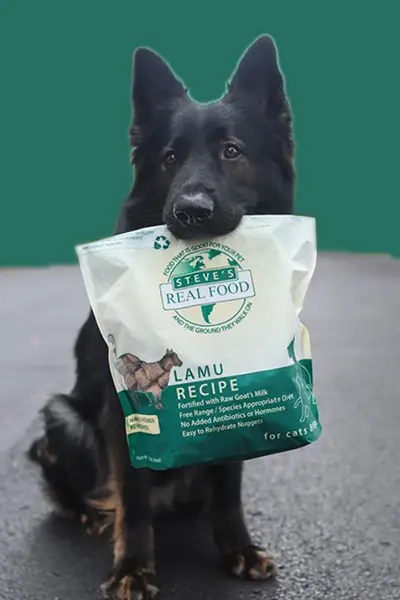


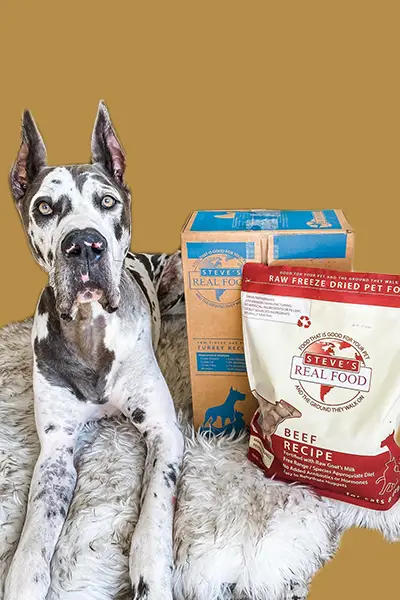

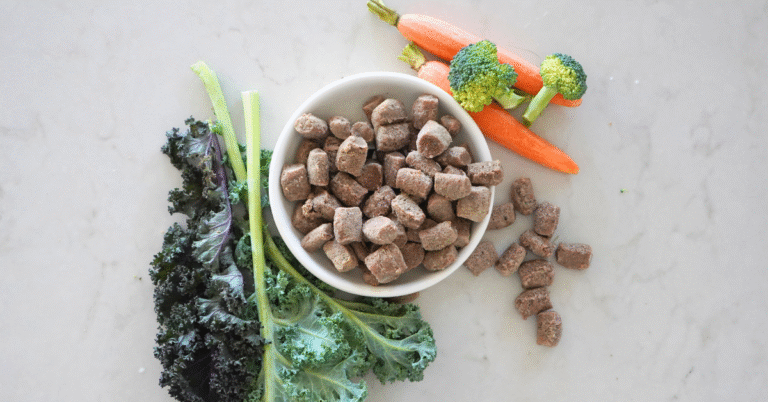
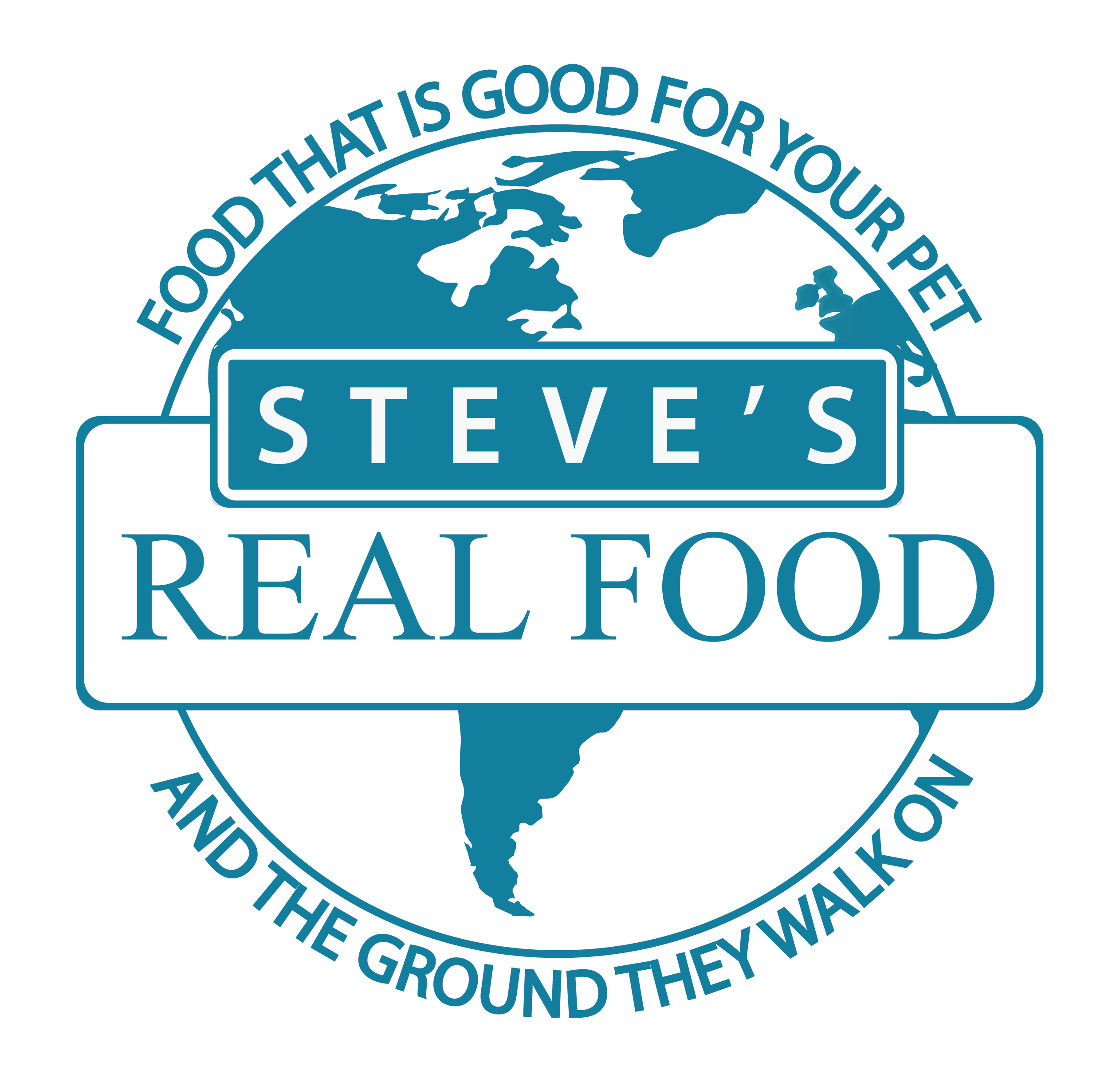



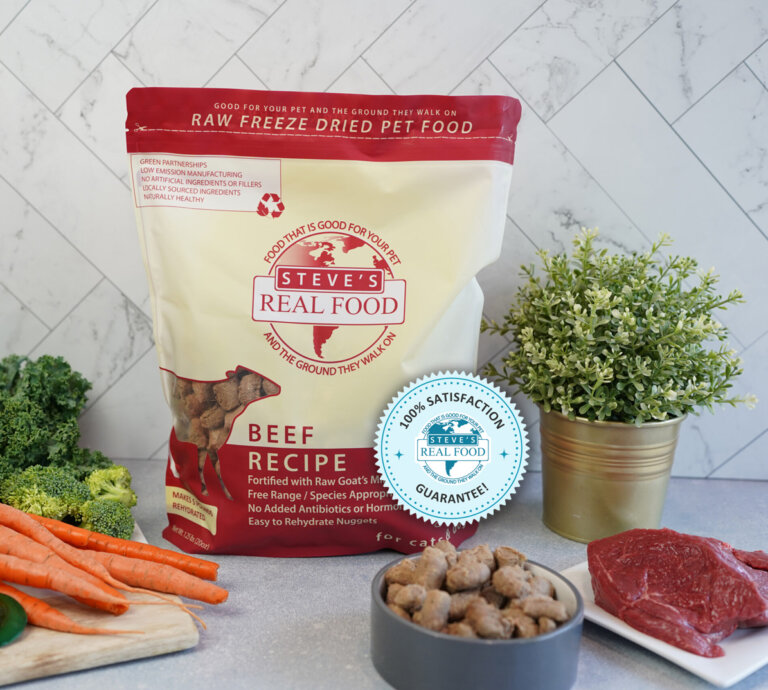

 Raw Pet Food Science and Seniors
Raw Pet Food Science and Seniors

